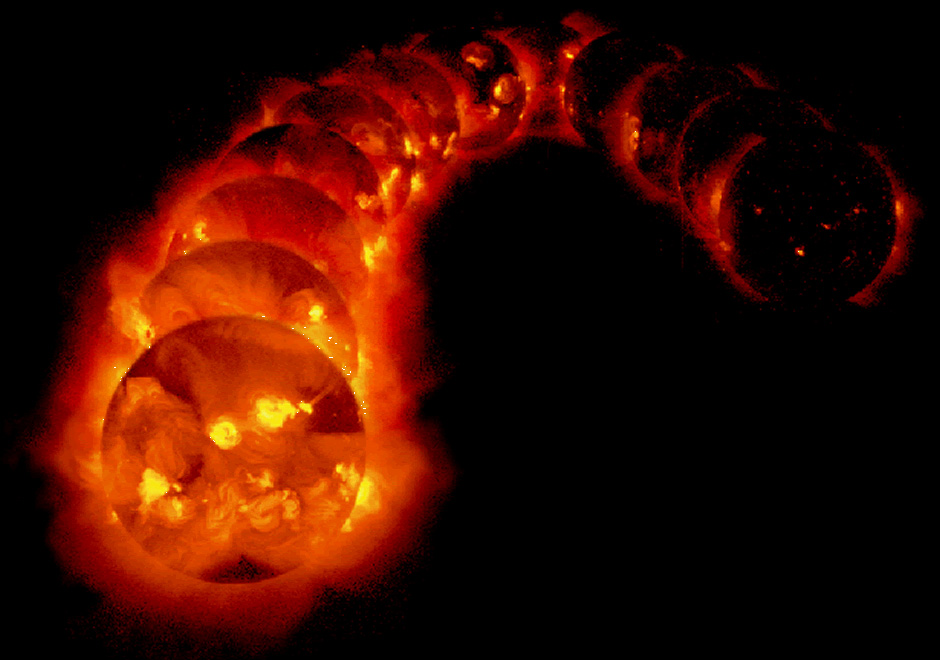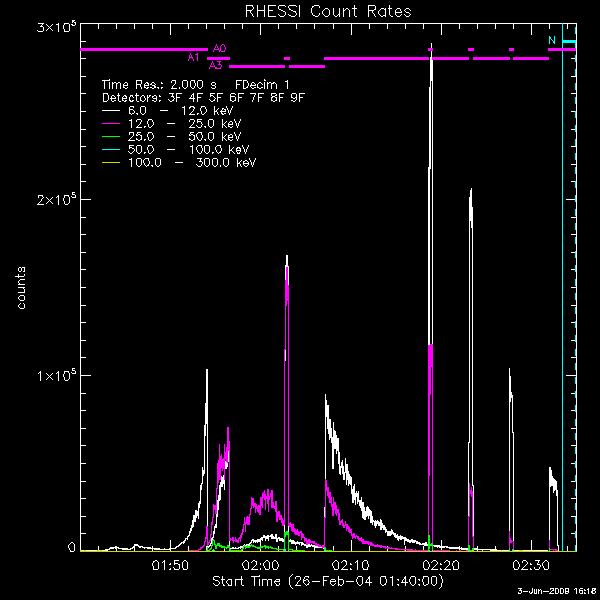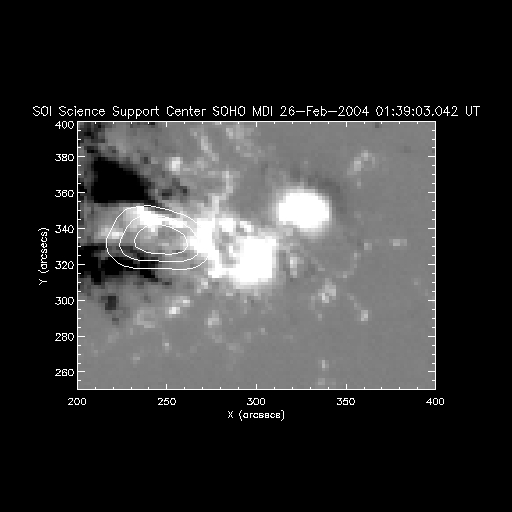 WEEK ONE
WEEK ONE
June 1, 2009
Today was the start of a new
adventure of my ten week internship exploring solar physics. It all
started with an initial ice breaker between my fellow REU colleagues
and
their mentors; shortly after we started learning the basic syntax of
UNIX and IDL which was very useful. Then I was able to sit
down with my mentor, Angela Des Jardins, to start preparing me for my
summer project. I will examine X-ray spectrum of a
class X-1 flare that took place on February 26, 2004 at
approximately 0200 UT.
After completing a productive day we were all invited to Mixer so we
can meet other REU students from other programs and local
students. It was a very successful day filled with new knowledge
and acquaintances.
June
2,2009
For
the first week, I’m
learning IDL that will help me with my project. This will become my
introduction to my day for the rest of the week. I also embarked on
gaining knowledge to create my own web page that will be my online
science
journal. I haven’t had the experience to work with html but now I have
the opportunity which is electrifying. I
met
with Angela and
she introduced me to RHESSI Data Analyzer on IDL. This data
analyzer is going to help me create images and light curves that will
help me understand the flare I'm studying. According to Angela, this
particular
flare has some unusual properties, which may be a
‘super-hot thermal
loop top source’ or super hot thermal component (SHTC).
June 3, 2009
I
have a better grasp on IDL
and my project after meeting with Angela.
I
learned that I will be trying to
understand the topology of the
magnetic reconnection by using the magnetic charge topology (MCT)
model, the
X-ray structure through the location
of the
SHTC by using imaging spectroscopy. I'm also becoming
familiar with solar flare terminology and after
playing with RHESSI Data
Analyzer, I created a light curve that
was produced
by
a class X-1flare from February 24, 2004.

June 4, 2009
I started reading Solar Astrophysics by
Peter V Foukal in the attempt to understand force free magnetic fields but
became side tract and read
about the chromosphere instead. I spent the rest of the day working
on my IDL project that was given to
me by my mentor.
The mini project includes writing a
script:
- creates an image with contours of a
different data type as an overlay
- sends this image to the screen
- also writes a postscript file
(suitable for printing) and a
jpeg
By the end of the day I was
successful.

June 5, 2009
I
gave my IDL presentation,
which was
an overlay of the X-ray flux over
a magnetogram. It was a success because my
mini program was
able to run and produce an image for the group. Afterwards I continued
to research how to use html
and discovered how to place an anchor in my
html script.
An anchor allows you to use a
link on the top of the page
that will
direct you to another spot further down the page.
The
anchor
in html script :
<H1>Table
of Contents</H1>
<P><A
href="#section1">Introduction</A><BR>
<A
href="#section2">Some
background</A><BR>
<A
href="#section2.1">On a more
personal note</A><BR>
...the
rest of the table of
contents...
...the
document body...
<H2><A
name="section1">Introduction</A></H2>
...section
1...
<H2><A
name="section2">Some background</A></H2>
...section
2...
<H3><A
name="section2.1">On a more personal
note</A></H3>
...section
2.1...
<A
href="#section1"> this
allows you to define the anchor and
</A> is where the anchor ends
<A
name="section1"> this tells
the anchor where to go further
down the page
Later on in the day I had my first
Solar Flare meeting with Dr. Jiong
Qui, Dr. Dana Loncope and my mentor, Angela Des Jardins. The meeting
gave me the opportunity to tell the group what I accomplished during
the week and ask questions that I didn’t fully understand.
 WEEK ONE
WEEK ONE WEEK ONE
WEEK ONE
